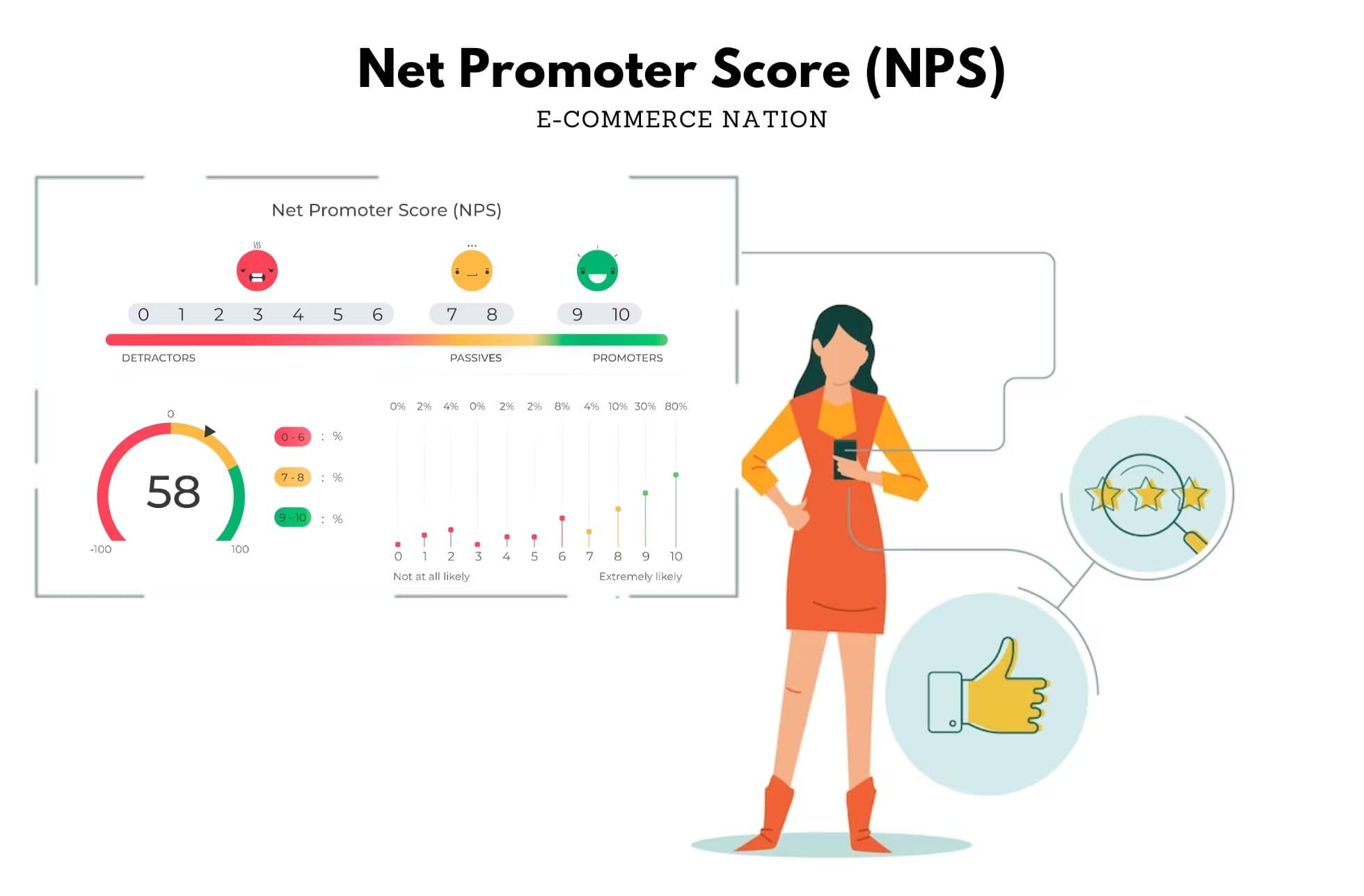Buying on the internet has many positive aspects: it’s comfortable, fast, and easy. However, if an e-commerce fails to fill this “reality void” that an online purchase entails, your customers’ momentum in making a purchase will slow down. How many times have you been about to check out on a website but something has made you hesitate just before you pay? It doesn’t matter what question enters the customer’s mind, if you find an obstacle that slows the purchasing process, you’ll need to fix it. But what convinces you to do this?
It’s the era of immediacy and users are unwilling to wait; which is why social networks have gradually become another channel for customer service. They are a quick fix to solve a customer’s uncertainty.
This new use of social media, coupled with online consumer demand and the rush customers are in, have made it possible for numerous online stores to offer a livechat service, which allows them to contact customers easily without leaving the website.
Clearly, without such tools you are creating a wall between yourself and your customers. This communication barrier hampers any user’s shopping experience, whether they have questions or not, because they have to invest time in taking the trouble to contact the company.
- So, should I install a chat on my online store?
- Yes and no.
- What?
Activating a livechat does not solve all the problems an e-commerce has. It’s true that when someone needs to talk to a customer service representative, it’s as easy as clicking and opening the chat, but what are these conversations like? Traditional livechats also present a problem: they inhibit communication because they are not visual.
For example, if you put yourself in the shoes of a customer who’s looking for a product in an online store but can’t find it, you can do two things, either leave without making a purchase, or go to the chat and ask the agent if they have the product you need.
But if the customer is hesitant about which product or model he needs even after explaining what he wants in detail, it won’t be as easy to understand. You must be very clear what features you’re looking for or what questions you have.
Thinking positively, if the agent quickly understands what the customer needs and knows what to offer, he can start sending links with different options from the store. However, this prompts the user to switch tabs to view the products while still speaking with the agent, thus toggling between windows. The conversation can become very confusing and complicated, “Did you open the links in order? I was referring to the second product I sent you.”
Realistically, even more so if we think of complex cases like searching for a part or referring to a glitch, it’s hard for the agent to understand what the user is talking about right off the bat. The customer would have to repeat what he needs a thousand different ways. A client looking for a quick solution, who instead has found himself in an almost impossible situation, won’t feel comfortable completing the conversation.
The evolution towards visual communication
When we imagine a customer coming to ask about a product in a physical store, it doesn’t occur to us to think about the clerk having his eyes closed and simply listening to what the customer needs. Normally, a client finds an item, or something similar, and asks questions about it like, “Do you have this in another size / color? Is this accessory compatible with the camera model I have? Where can I find a cable like this one? ”
The visual aspect is extremely important with this type of communication as 72% of online shoppers blame customer service for their bad experience. If communication fails, then the sale fails. As such, if a customer can contact the company with a simple click and show the products they have questions about, communication is simplified and the agent can actually help.
In online shopping, images are responsible for ensuring a customer is more or less certain that a product is what they need. Because of this, coviewing technology has added a “plus” to online customer service. This tool works like a livechat but includes a window to share images or videos within the chat, so when customers have questions about a product, they can show it to the agent just like the agent can suggest other items in the ‘coviewer’.
Seeing the products in real time allows questions to be answered much faster because the communication is similar to that in a physical store. The conversation is streamlined and you save time avoiding unnecessary explanations, which optimizes each agent’s time.

This shared window also allows both people to interact with the images by zooming in or drawing on them with a virtual pen. These are interesting features to help anticipate a possible return as they ensure that both parties feel the product is appropriate for the customer because every detail of the image is shown.
An improvement like this converts customer service into a powerful sales tool because it allows the customer service department to work as an army of vendors suggesting and recommending products as well as guiding the customers and answering their questions.
User feedback becomes a possibility for conversion. The agent finds what the customer is looking for, shows it to him, and offers alternatives or complementary products using up-selling or cross-selling techniques like in a real store.
What visual customer service achieves:
The intention of making a purchase multiplies by each item that the agent shows the customers and the number of finalized purchases increases up to 15-20% in products with a lot of competition and up to 35-40% in niche products.
Visual assistance makes it clear that it’s vital to increase income, but also to reduce cart abandonment from the normal 80% to 33% if you have interacted with an agent, meaning more satisfaction, more conversion, and a greater return rate.
What would be your tip on improving customer service? Tell us below or tweet us!
Image credit : Dina Ayuma





